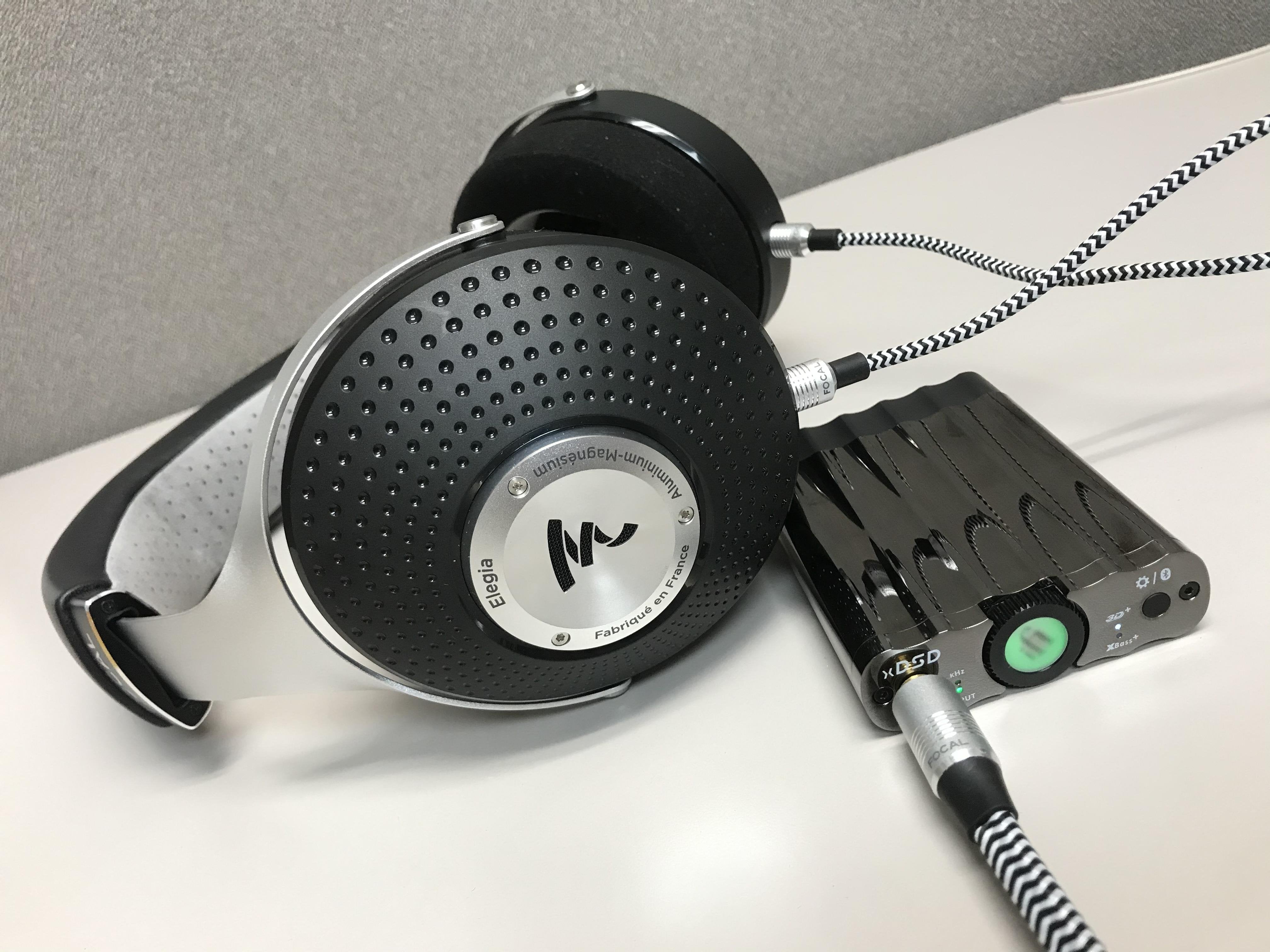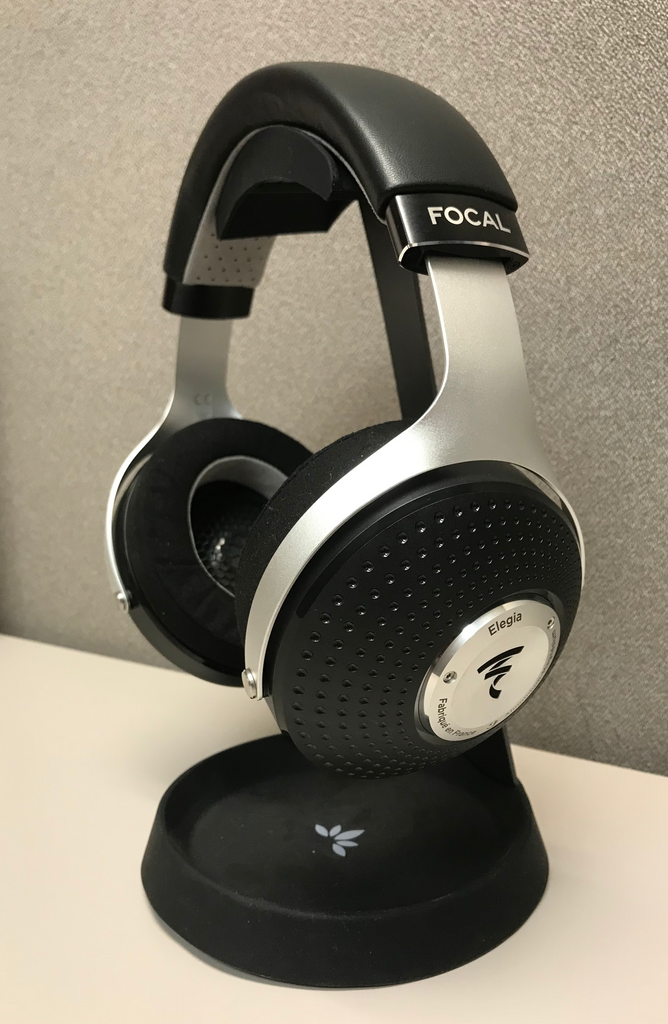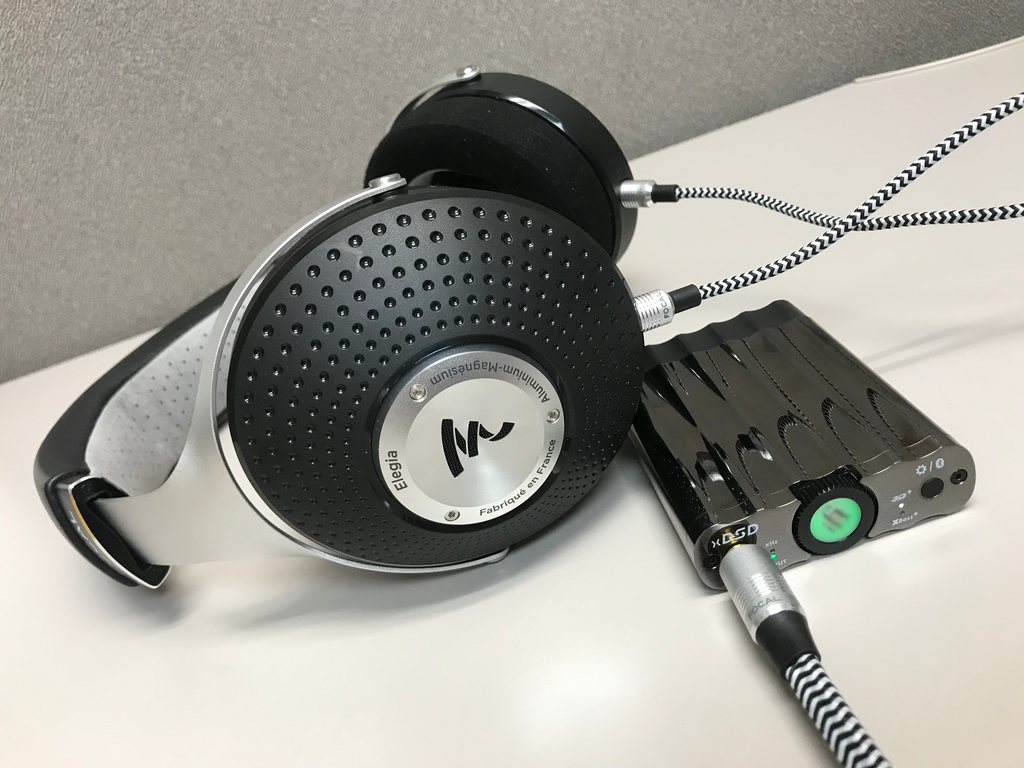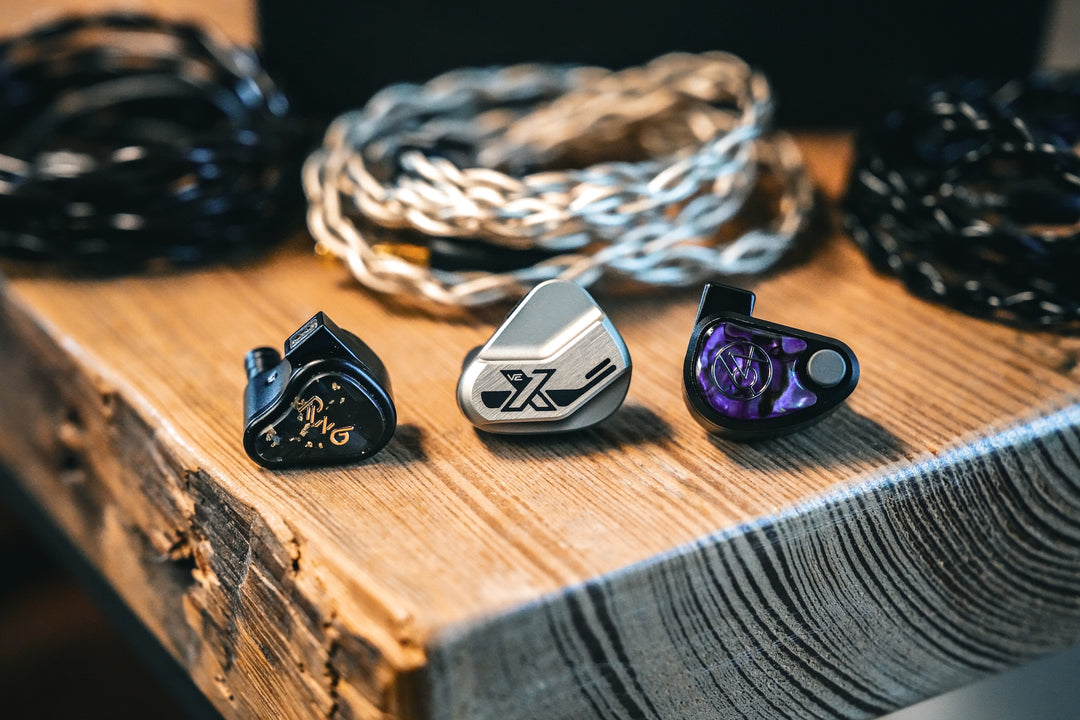I’ll admit, before this review, I had listened to the Focal Elegia before, and I didn’t really give it a fair shake. Generally, I prefer open-back headphones, and I like a bit more of a “fun” tuning than a reference one, but in the age of social distancing, many of us have found ourselves spending more time in close-quarters with family, roommates, or neighbors with thin walls; and the allure of a closed-back headphone, which keeps their noise out and your noise in, grows stronger with each passing day. So I grabbed a Focal Elegia, plugged it in, and prepared to get lost for a little bit.
The Build and Design
If the name Elegia is, as I presume, derived from the same root as "elegant," than Focal chose the perfect name. The silver and black finish gives off an air of quality with the elegant simplicity of a well-tailored suit.
The Elegia is also very comfortable. While not the lightest headphones I’ve ever worn, they rest nicely on my head, and the cups fit around my ears giving my head a nice soft hug. As I’m writing this, I’ve had at least four different headphones from various manufacturers on my head just this morning, and the Elegia would definitely be my top pick to wear for hours while I try to drown out the sound of my neighbors yard work or a roommate scrolling Tik Tok on the couch for the better part of the afternoon.
The Sound
After putting them on and getting comfortable, I was struck by the Elegia’s open, spacious sound. If I had to pick my favorite attribute of the Elegia, it would be the soundstage. Listening to instrumental rock, jazz, and indie rock, I was impressed by the imaging and sense of space. The space also lends itself well to various more electronically driven genres. Listening to Daft Punk I had the sensation that various samples and instruments were floating in the air all around me. The space also provided a lifelike quality to acoustic instruments and many vocal performances. I’d swear that Paul Simon and Art Garfunkel were in the office with me when I listened to “Bridge Over Troubled Water.”
The soundstage and imaging are undeniably good, but the tuning will be more a matter of preference. The transparency and clarity make the Elegia excellent for focused listening, or even for instrumental practice – these would be great for listening for the sake of transcribing and learning various instrumental parts – but they’re often not as “fun” to listen to as many more heavily tuned headphones. The tuning really shines for many genres, and especially for classical, where the clarity, space, and dynamics will enable you to enjoy every aspect of the performance, but these would probably not be your top pick if you primarily listen to a bass heavy genre like hip hop.
The Elegia has excellent noise isolation. Other than things happening right next to me, I was as good as alone while I had these on, and there was minimal noise bleed for people around me. As an example, my colleague took a call in the middle of a song, and I had no idea he was even talking on the phone until the song ended. You probably couldn’t get away with blasting your music at full volume in your cubicle, but the Elegia generally keeps your music in and their noise out.
Bonus Review: iFi xDSD
I tested the Elegia using the iFi xDSD DAC/Amp. It’s a great sounding and powerful DAC in a small, sleek package. In addition to supporting high resolution signals up to 768kHz PCM, it has Bluetooth connectivity, XBass+ and 3D+ features, and the Measure/Listen filter.
Despite conjuring memories of my knock-off Discman with a “Bass Boost” feature that was basically a “I only want to hear bass and not actually music” button, XBass+ provides a gentle adjustment to bass response through an analog circuit. It was perfect for adding a little extra punch to rock and pop with the reference tuned Elegia. 3D+ is intended to add a “holographic sound field, like listening to a pair of speakers,” but I was unable to discern much of a difference. The Elegia already has a very spacious soundstage, and I didn’t notice any additional space or imaging accuracy that was added by 3D+.
The Measure/Listen switch which toggles between two digital filters. The recommended filter, Listen, is designed to reduce transients – inconsistencies in the digital signal which can create unwanted noise – while the Measure filter provides a more accurate reproduction of the original signal. I couldn’t tell the difference between the two with Hi-Res Audio streams from Qobuz, but with some lower bitrate MP3s and streams, there was a bit of an almost intangible smoothness provided by the Listen filter.
The Bottom Line
The Elegia is superbly comfortable and sonically balanced. The sound is clear and articulate, but never boring. The soundstage shines brightest when the music provides a little space. While you can certainly rock out with them, the Elegia strikes me as headphones which are best for more relaxed listening. The combination of physical comfort and a balanced sound result in very low fatigue while listening, making the Elegia perfect for focusing on the intricacies of your favorite recording over longer listening sessions. The closed-back design also means that the outside world won’t bother you – and you won’t bother it – while you kick back and get lost in the music.
So here I am, with the Focal Elegia, blasting Joe Satriani, as loud as I can handle it, in my own little world. I can get used to this kind of isolation.







